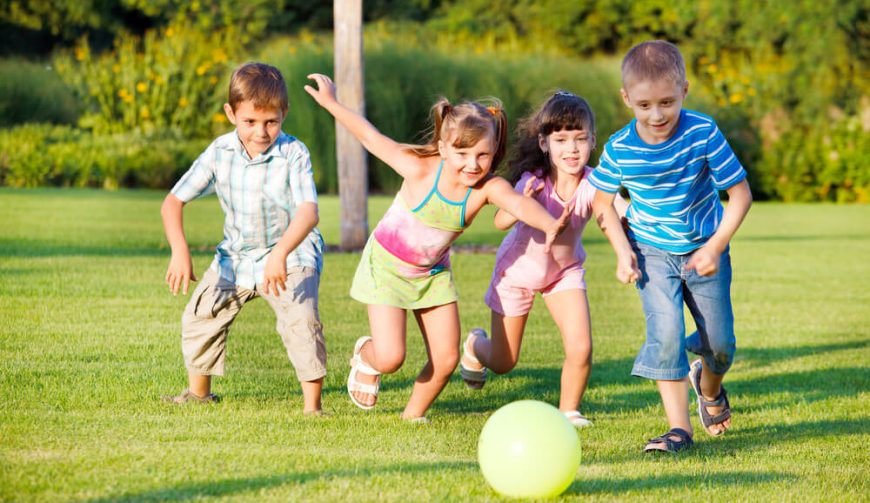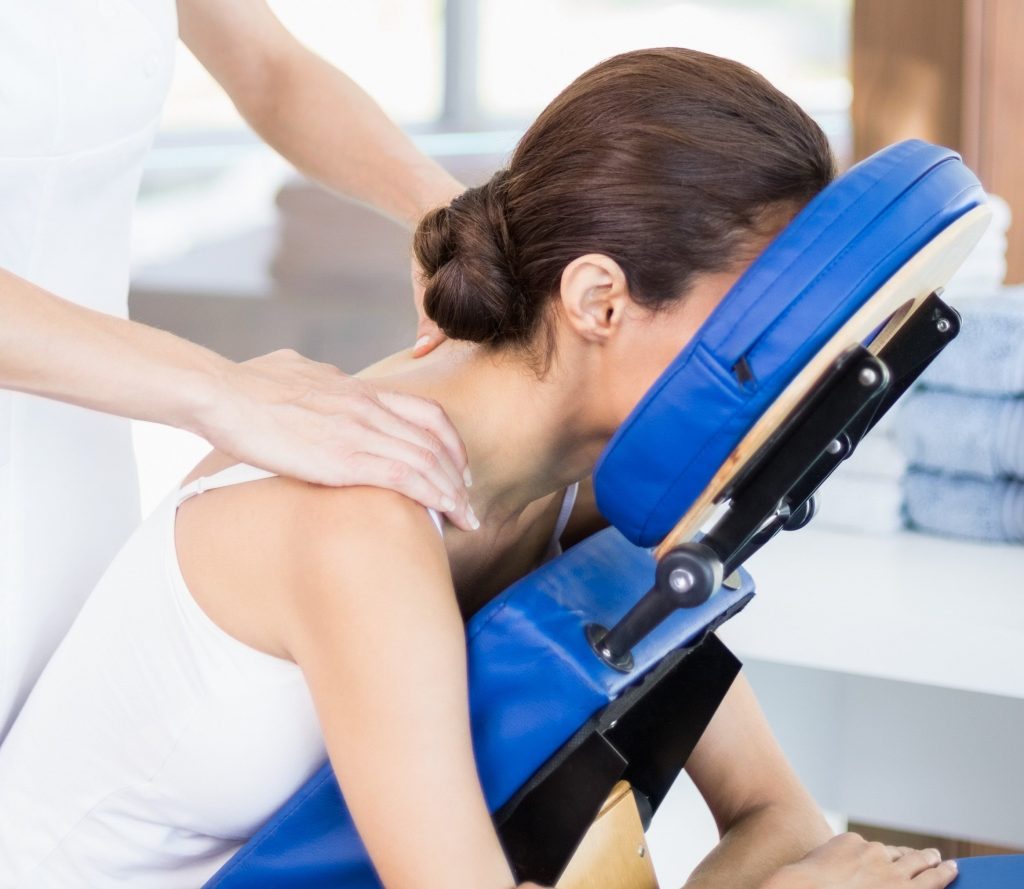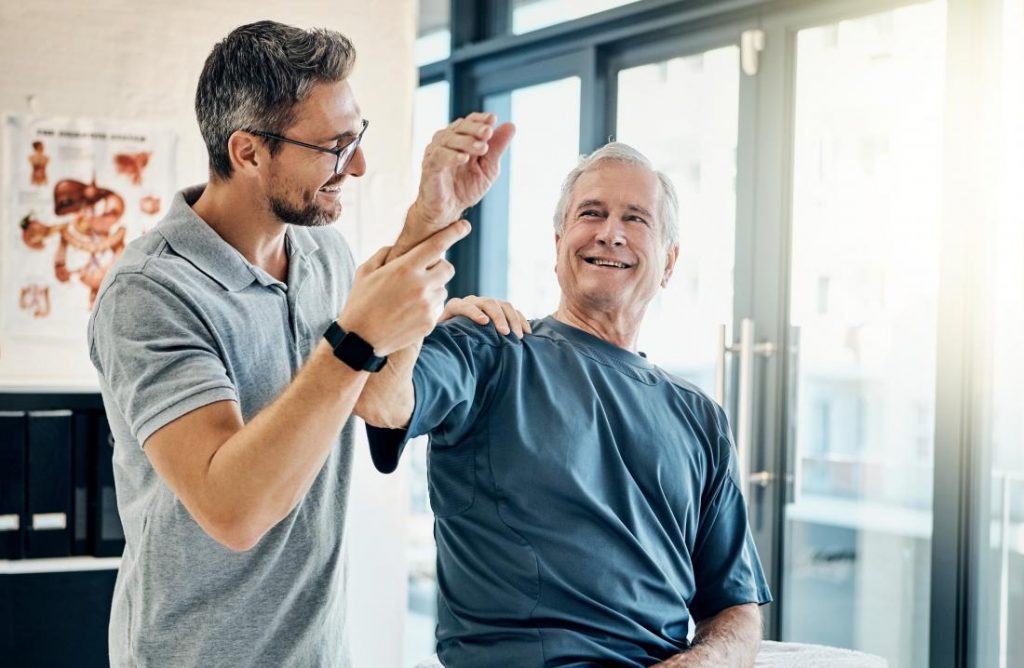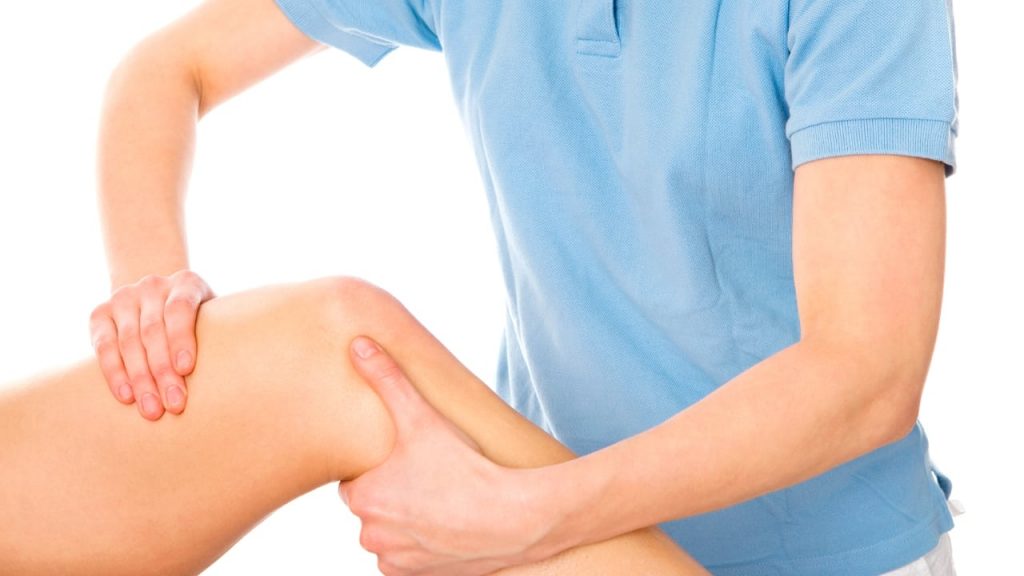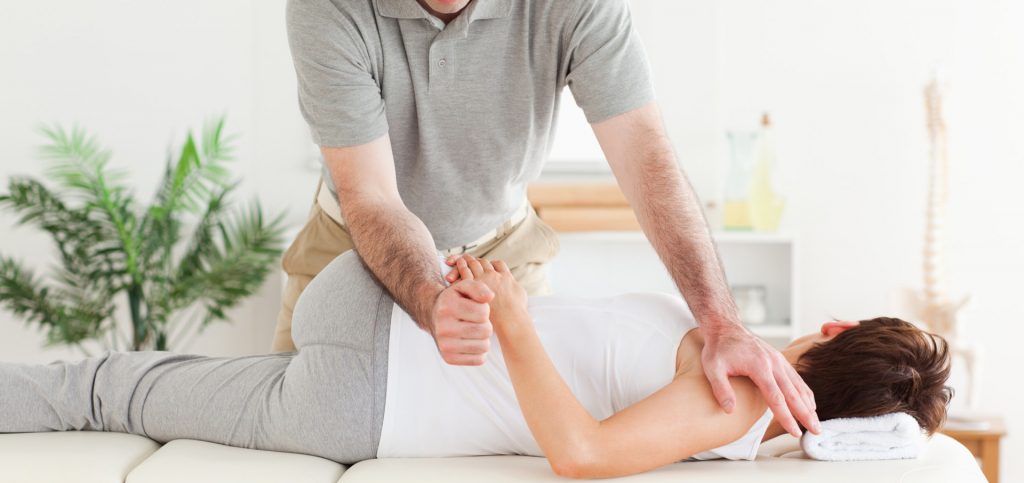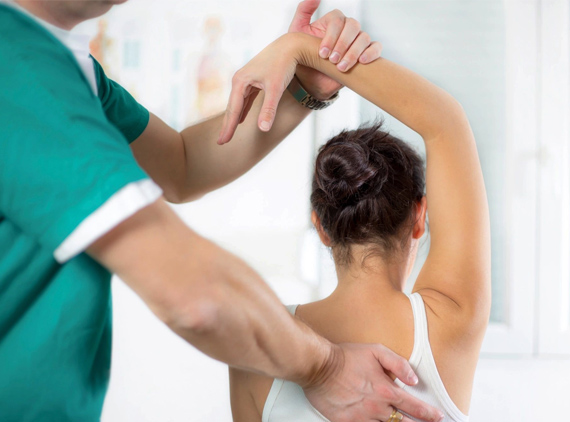Surely every parent is well aware of how important movement is for their child. Running, jumping, madness in kindergarten – all this testifies to the good development and positive attitude of the child to life. No wonder then that movement can heal. Doctors have long discovered that proper exercise can help in many cases: defects in posture, impaired range of motion, impaired visual-motor integration. This is the so-called kinesitherapy, which stimulates proper development and coordination in children.
What is kinesiotherapy?
Kinesiotherapy for children is based on movement therapy, which becomes a therapeutic tool that affects the whole body.
Pediatric kinesitherapy is dedicated to children aged 3 to 18 years. Rehabilitation of movements is aimed at treating problems related to movement with the help of a set of exercises controlled by a physiotherapist. The physiotherapist is able to observe irregularities (sometimes in early childhood, but also in preschool) and correct them. The choice of exercises depends, of course, on a person, but also on the scope of the problems and their specifics. These are exercises that take place in specially prepared rooms that are equipped with specialized rehabilitation equipment, including stairs, sensor pillows, straps, balls and more. Kinesiotherapy is used in children with postural defects, diseases associated with difficult or impossible range of motion in the joints, but also in cases of impaired coordination. The procedures are primarily for pain relief and improvement. In addition, kinesitherapy increases the efficiency of the body and overall physical shape in children and adolescents.
The great advantage of kinesitherapy is the individual approach of the physiotherapist to the child. Different methods of therapy are used, appropriately selected for the type of patient’s disease. Methods used during therapy:
– PNF,
– manual therapy.
When is kinesitherapy recommended?
Kinesitherapy is recommended mainly for children with posture defects, but can be combined with activities that improve hand-eye coordination, which (if impaired) also causes discomfort in the child and insecurity when moving, grabbing, hitting or climbing. The scope is really wide, but it deals with problems related to movement and related external stimuli. Kinesitherapy can be performed as a form of therapy for the treatment of posture defects and for less specific problems, such as the lack of appropriate eye-hand, hand-foot, hand-hand cooperation. Therefore, if you notice quite disturbing symptoms in your child associated with impaired eye-hand coordination, it is worth visiting a licensed physiotherapist who will advise you on the appropriate type of exercise to do with the child at home.
What diseases can be treated with kinesitherapy?
– Defects in posture: scoliosis, round back, concave back, bulging shoulders, weakened abdominal muscles, etc.,
– chest defects,
– lower limb defects: valgus knees, flat valgus feet,
– injuries and fractures, sprains, strains,
– changes in joint and muscle overload,
– pain of various origins,
– conditions after surgery.
